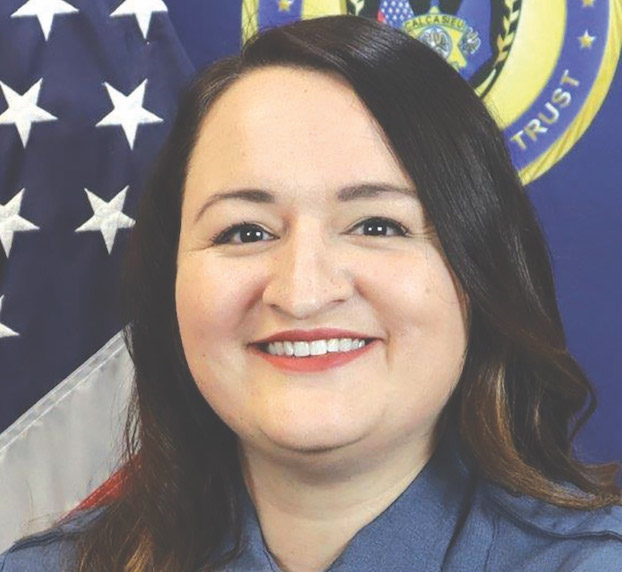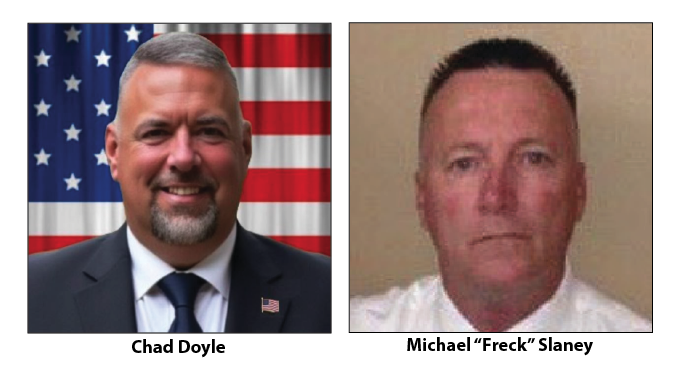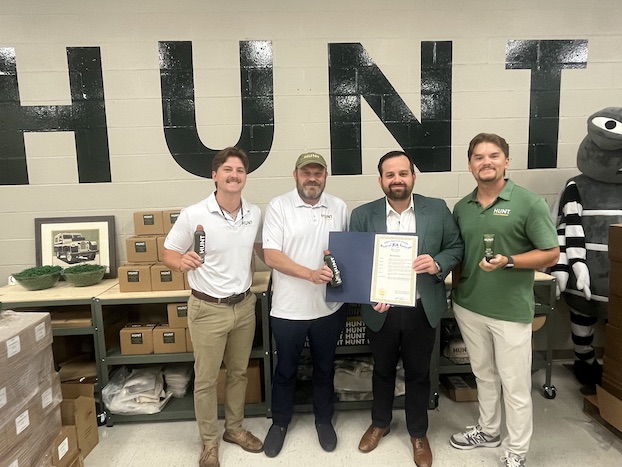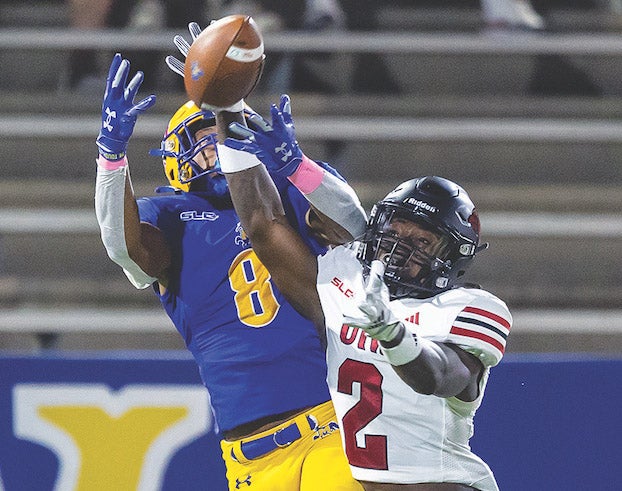DNA forensic scientist Monica Quall says she works at her ‘dream job’
Published 4:19 am Friday, July 7, 2023

- Monica Quall
For as long as she can remember, Monica Quall has been a science fan.
“It became more serious when I attended a week-long hands-on forensic science summer camp in middle school,” she said. “Each day we learned something different, soil analysis, fingerprinting and other basic concepts appropriate for our age group.”
She decided then. Using science to solve crimes was in her future. Today, she has been working as a DNA forensic scientist for the Southwest Louisiana Crime Lab for 15 years, and she calls it her “dream job.” Her speciality is DNA, but she also does drug and alcohol chemistry testing.
Trending
“Do you guys enjoy crime shows?” she asked the Downtown Kiwanis Club during a presentation a couple of weeks ago. “I remember a scene from maybe the first CSI that aired. A guy cuts a cigarette, spins it in a centrifuge and when it stops a couple of seconds later, a suspect’s name, face and GPS location pops up. I wish we had equipment like that,” she said. “In a one-hour TV show, the crime could get solved during the first 20 minutes.”
A real life forensic crime lab, however, is very different.
“We get about 6,000 cases a year,” she said. “”We ask for six months for DNA testing, but it never takes that long. A normal case takes two to three months.”
DNA testing is, on occasion, rushed and Quall is asked to work nonstop when a suspect is at large. Sometimes she and the team don’t sleep until they are able to submit the sample to CODIS, an acronym for Combined DNA Index System. It is a computer software program that operates local, state and national databases of DNA profiles from convicted offenders, unsolved crime scene evidence and missing persons.”
Backlogs of cases are historic around the nation, Quall said.
“In Detroit, right before I moved here, years of sexual assault kits that had never been submitted were discovered,” she said.
Trending
But that’s not the situation in Southwest Louisiana.
“We have a great program, if not the best in the nation, then the best in the state. It’s not my opinion. It’s true. We have tracking for our sexual assault kits, meetings to check statuses. Every other DNA department, depending on the case, has about a year turnaround.”
The Southwest Louisiana DNA unit is small, just two trained analysts and a third one in training.
Not every state enters the same information on CODIS. In Louisiana, the DNA of men and women who commit felonies, some misdemeanor criminals and convicted offenders is part of the database. Louisiana is also leading the nation in DNA sample collection in jails upon arrest.
“That’s only happening in Louisiana and only at two jails,” Quall said.
One of the most interesting cases she has been involved in was a 2009 cold case. The DNA was placed in CODIS, but a match was never found.. In 2015, she discovered something that would lead to a break. A company used her DNA to build a sketch and characteristic profile to give investigators a snapshot.
“We got a call from his girlfriend who said she thought he was involved.”
The case marks the first time the technology would be used in Louisiana.
Quall put Kiwanis club members’ minds to rest about law enforcement use of DNA submitted to genealogy sites.
“Their DNA sampling is much different from what we do,” she said. “Imagine your microscope as a child, compared to a large compound microscope that allows sites to look deep into the DNA.”
Plus, law enforcement cannot access the DNA in such databases unless the user opts to send the DNA to GEDmatch, a site that makes that information available. GEDmatch has been used to promote community safety and bring closure to families of missing persons.
“The best part of science is that it is always changing, especially in forensic DNA,” Quall said. “It has only been around for about 30 years and has only been widespread for about 15-20 of those. Even to think back to when I started, we would not even attempt to get DNA from something that we now get usable DNA from. I think in DNA specifically, we will continue to work towards getting usable profiles from less and less DNA. We will also continue to find ways to interpret complicated DNA profiles. I’m excited to see what the future brings.”





